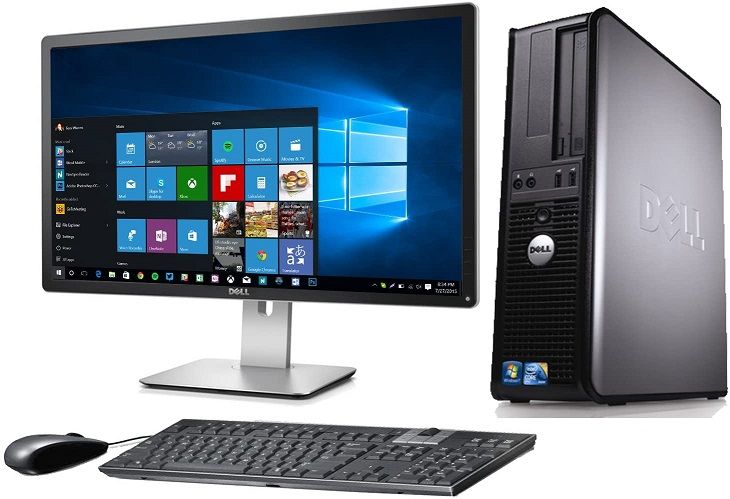
Introduction
Consumer electronics have become an integral part of our daily lives, revolutionizing the way we communicate, work, and entertain ourselves. With a vast array of options available in the market, it can be overwhelming to choose the right product for your needs. To help you make informed decisions, we’ll compare consumer electronics across different categories, highlighting their key features, advantages, and considerations.
Smartphones and Tablets
Smartphones
Smartphones have evolved beyond mere communication devices into powerful multi-functional tools. They offer a range of features including high-resolution displays, powerful processors, advanced camera systems, and access to a wide range of applications.
Key Features:
- Operating System: iOS (Apple), Android (Google, Samsung, etc.), and others.
 Processor: Apple A-series (iPhone), Qualcomm Snapdragon (Android), etc.
Processor: Apple A-series (iPhone), Qualcomm Snapdragon (Android), etc.- Display: OLED, AMOLED, or LCD with varying resolutions.
- Camera: Multiple lenses, high megapixel counts, and advanced image processing.
- Connectivity: 5G, Wi-Fi 6, Bluetooth, NFC, etc.
Advantages:
- Multi-functionality: Beyond calls and texts, they handle emails, browsing, gaming, and more.
- App Ecosystem: Extensive app stores provide a wide range of applications.
- Integration: Seamlessly connects with other devices in the ecosystem.
Considerations:
- Ecosystem Lock-in: Choosing a brand may limit compatibility with other devices.
- Price Range: Wide variety from budget to premium options.
Tablets
Tablets offer a larger screen size compared to smartphones, making them ideal for activities like reading, watching videos, and light productivity tasks. They come in various sizes, from compact to larger, more powerful models.
Key Features:
- Operating System: iOS (iPad), Android (Samsung, Lenovo, etc.), Windows (Microsoft Surface), etc.
- Processor: Similar to smartphones but tailored for tablet performance.
 Display: High-resolution screens with touch functionality.
Display: High-resolution screens with touch functionality.- Battery Life: Generally longer than most laptops and smartphones.
- Stylus Support: Available on select models for note-taking and drawing.
Advantages:
- Portability: More portable than laptops, ideal for on-the-go use.
- Media Consumption: Excellent for reading, video streaming, and casual gaming.
- Productivity: Suitable for light work tasks with compatible apps.
Considerations:
- Keyboard Accessory: For extended typing sessions, consider an attachable keyboard.
- Operating System: Different OS offer different app ecosystems and functionalities.
Laptops and Desktops
Laptops
Laptops provide a balance between portability and performance, making them essential for professionals, students, and anyone needing computing power on the move. They come in various form factors, including ultrabooks, 2-in-1 convertibles, and gaming laptops.
Key Features:

- Operating System: Windows (Microsoft), macOS (Apple), Chrome OS (Google), etc.
Processor: Intel, AMD, and others with varying power levels.- RAM and Storage: Configurable based on user needs.
- Display Size and Type: Range from compact 11-inch to large 17-inch, with various resolutions.
- Battery Life: Varies based on usage and battery capacity.
Advantages:
- Portability: Can be carried and used anywhere.
- Performance: Offers a wide range of processing power for different tasks.
- Versatility: Various configurations are available for different use cases.
Considerations:
- Battery Life: Consider your usage patterns to ensure it meets your needs.
- Upgradability: Some models may have limited upgrade options.
Desktops
Desktop computers are designed for stationary use and often offer more powerful components compared to laptops. They come in various forms, including traditional towers, all-in-one computers, and compact form factors.
Key Features:

- Processor: Powerful CPUs for high-performance tasks.
- Graphics: Options for integrated, dedicated, and high-end gaming GPUs.
- Expandability: Easy to upgrade components like RAM, storage, and graphics cards.
- Connectivity: Ample ports for various peripherals.
Advantages:
- Performance: Can handle demanding tasks, including gaming, video editing, and 3D rendering.
- Upgradability: Allows for component upgrades to extend the lifespan.
- Customization: Build a system tailored to your specific needs.
Considerations:
- Space Requirements: Desktops need dedicated space and a stable setup.
- Portability: Not suitable for on-the-go use.
Wearable Technology
Smartwatches
Smartwatches are wrist-worn devices that offer a range of functionalities beyond telling time. They often include fitness tracking, notifications, and, in some cases, phone-like capabilities.
Key Features:

- Operating System: WatchOS (Apple), Wear OS (Google), etc.
Fitness Tracking: Heart rate, steps, sleep, and more.- Notifications: Receive and respond to messages, calls, and alerts.
- Apps: Access to a variety of specialized applications.
Advantages:
- Fitness and Health: Great for tracking physical activity and health metrics.
- Notifications: Convenient for staying connected without pulling out a phone.
- Customization: Various watch faces and bands for personalization.
Considerations:
- Compatibility: Ensure compatibility with your smartphone’s operating system.
- Battery Life: Varies based on features and usage.
Fitness Trackers
Fitness trackers are specialized wearable devices focused primarily on health and fitness monitoring. They often include features like step counting, heart rate monitoring, sleep tracking, and more.
Key Features:
![]()
-
- Fitness Tracking: Steps, heart rate, calories burned, sleep quality, etc.
- Battery Life: Typically longer than smartwatches due to fewer features.
- Water Resistance: Many models are water-resistant for swimming and water-based activities.
Advantages:
- Health Focus: Designed specifically for tracking fitness and health metrics.
- Battery Life: Requires less frequent charging compared to smartwatches.
Considerations:
- Limited Functionality: Lacks the broader capabilities of smartwatches.
- Notification Handling: Notifications may be more limited compared to smartwatches.
Conclusion
Choosing the right consumer electronics involves considering your specific needs and preferences. Whether it’s a smartphone for staying connected, a laptop for work or gaming, or a wearable for fitness tracking, understanding the key features and considerations within each category will guide you toward making an informed decision. Keep in mind that ongoing technological advancements may introduce new features and considerations, so it’s always a good idea to stay updated with the latest developments in the consumer electronics market.
Leave a Reply